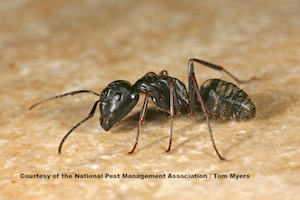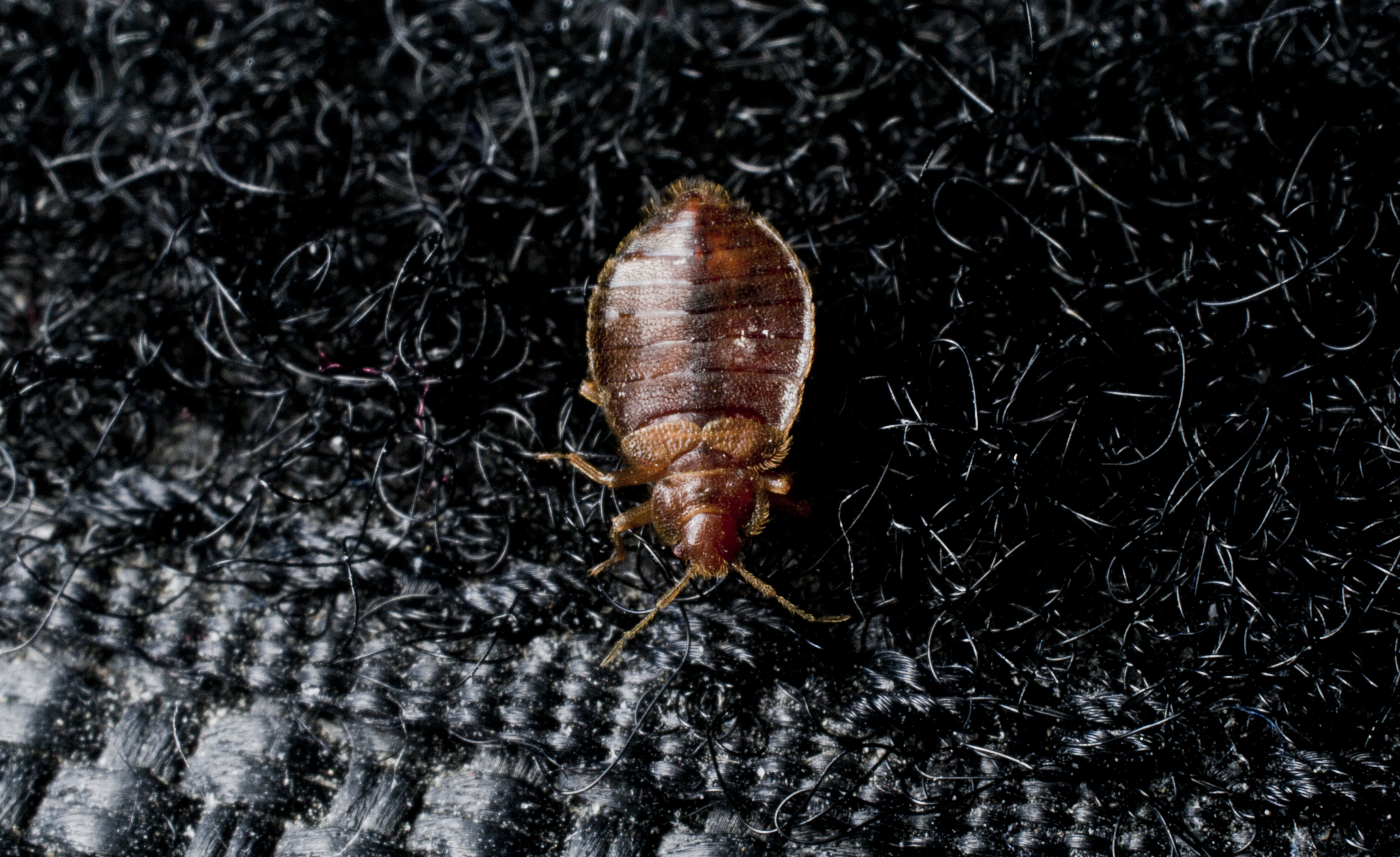Think Before You Squish
Notorious for their "smelly" reputation, stink bugs enter homes during the winter months, leaving homeowners looking for ways to ward off these invaders. With their tendency to release an odor when disturbed or crushed, learning how to properly dispose of these pests is as important as preventing them from entering the home. The National Pest Management Association (NPMA) provides tips for homeowners to prevent these pests from invading homes and property.
"Stink bugs have been increasing in number since the mid-1990s," says Missy Henriksen, vice president of public affairs for NPMA. "We are also seeing an increase in activity by other invasive species similar to the stink bug such as Formosan termites and fire ants."
Like other invasive species, stink bugs are difficult insects to control once they infest a structure or food source. Although stink bugs do not pose a health risk to humans, their presence alone can be unsightly and a potentially odoriferous inconvenience for homeowners. Even though these insects do not reproduce inside structures such as houses, they cause concern when they become active and conspicuous in fall and spring.
Stink bugs crave the warmth. To prevent them from entering homes and buildings for shelter, NPMA recommends sealing cracks around windows, doors, siding, utility pipes, behind chimneys, and underneath the wood fascia and other openings with good quality silicone or silicone-latex caulk. If stink bugs have already entered a home or building, a vacuum cleaner can aid in the removal of live or dead stink bugs. It's important to dispose of the bag quickly to avoid the lingering smell of the stink bugs.
A licensed pest professional can provide treatment options for stink bugs in the fall prior to bug congregation. If an infestation has already developed, contact a licensed pest professional.

Learn About Ants
Ants are a common pest homeowners struggle to eradicate. Learn more about them!

Bed Bug Pest Guide
Traveling for the holidays this year? Be sure to keep an eye out for bed bugs! Use our Pest Guide to help identify this pest.

NPMA's What Grows There? Project
Check out NPMA's What Grows There? project to learn how pests, such as flies, cockroaches and rodents, can spread germs throughout a home.
Find a PEST PRO in your area

Learn About Ants
Ants are a common pest homeowners struggle to eradicate. Learn more about them!

Bed Bug Pest Guide
Traveling for the holidays this year? Be sure to keep an eye out for bed bugs! Use our Pest Guide to help identify this pest.

NPMA's What Grows There? Project
Check out NPMA's What Grows There? project to learn how pests, such as flies, cockroaches and rodents, can spread germs throughout a home.
